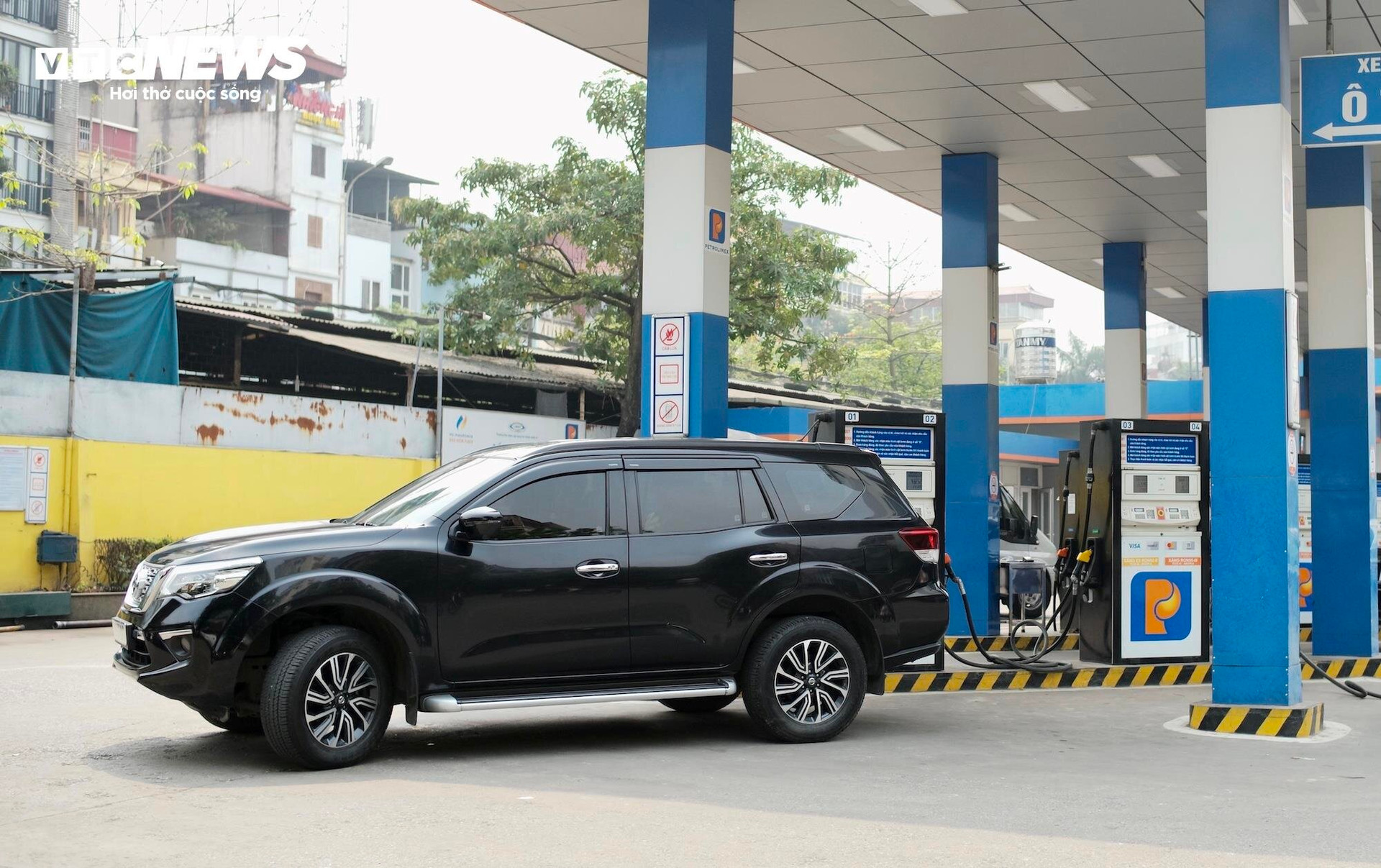In fact, driving in winter consumes more fuel than other seasons of the year. Why is that?

Driving in winter often consumes more fuel. (Illustration photo)
Compared with summer, the temperature in winter is much lower, when the air temperature drops, the drag of the car will increase. When the drag of the car increases, the fuel consumption will naturally increase.
The increase in fuel consumption of cars in winter is also closely related to the battery, because the temperature is relatively low in winter, the performance of the battery will decrease, leading to loss of power. Sometimes, the car battery also needs to be recharged in winter.
In the low temperature environment in winter, not only the vehicle resistance increases, but also the fuel injection effect becomes worse. As we all know, gasoline needs to be mixed with air when sprayed, and then burned through the spark plug to explode and generate electricity. When the temperature is high in summer, gasoline is sprayed better and burns more completely.
In winter, the temperature is low, the atomization effect of gasoline is poor, some gasoline may not be completely burned and has been discharged by the engine, so the fuel consumption will of course be especially high.
In fact, the engine itself also has the most suitable operating temperature, if the temperature is too high or too low, the car's fuel consumption will increase. Summer itself has a high temperature, so it is easier to achieve this working temperature.
In winter, when the temperature is low, the engine has difficulty reaching operating temperature quickly. At this time, the engine control computer can only increase the amount of fuel injection to help the engine increase temperature, which will cause additional fuel consumption.
Increase fuel economy in cold weather
Park your car in a warm place like your house or a covered parking lot. This way, your engine needs less energy each morning to warm up to optimal temperature.
Don't let the engine idle for too long. Try to warm up the engine while driving at low speeds. This will not only save fuel but also help the engine warm up to operating temperature faster.
Many automakers recommend idling for less than 30 seconds after starting the powertrain.
Park your car in sunlight during the day.
According to VTC News